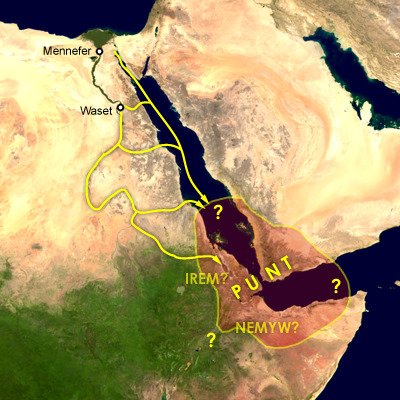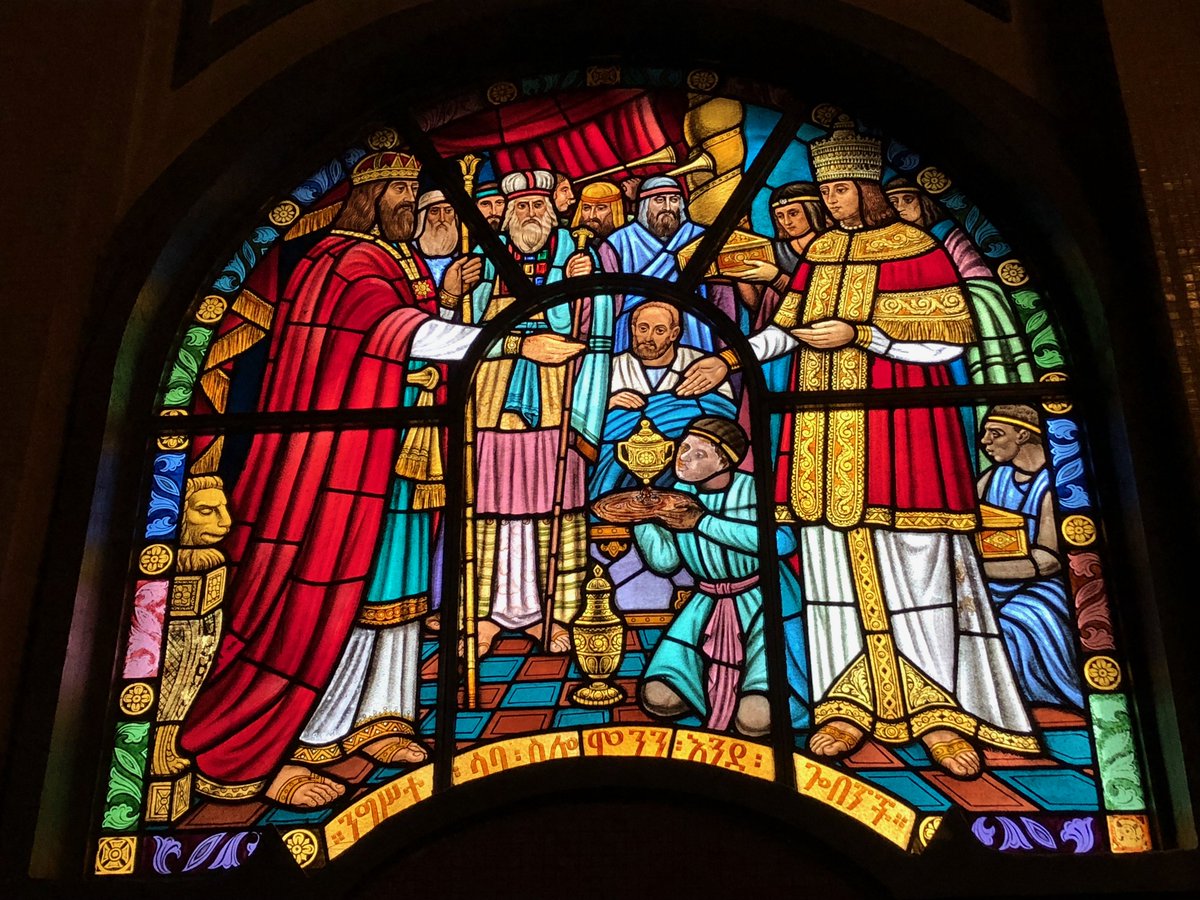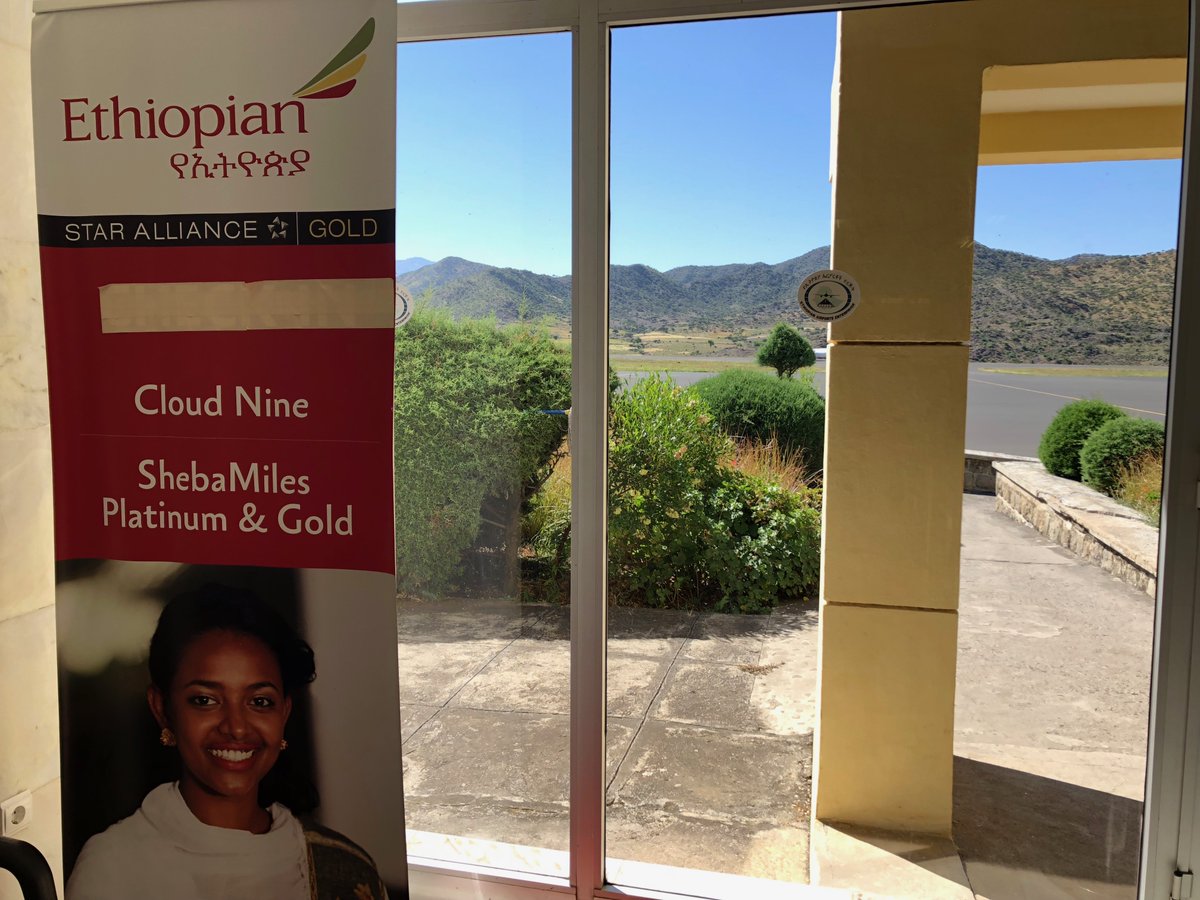THE SECOND BATTLE OF CHAMKAUR (1704)
To understand what transpired in this great battle read this very touching account of what actually happened.
How The Guru and his children fought against evil Mughals.
Read on.
The Guru alongwith his two sons, Prince Ajit Singh, and Prince Jujhar Singh and a hundred men who had survived the imperial army attack took the direction of Ropar.
Their entourage was attacked by surrounding Pathans, their traditional foe.
The Sikhs fought with valour and inflicted heavy casualties on the enemy. However, the number of the followers was reduced to forty by the time they were able to make their way to Chamkaur.
Here they sought refuge in a fortified mud mansion that was strategically built on a high mound and was surrounded by open plains. The mansion could well serve as a fort.
The enemy, in hot pursuit of the Guru caught up with the entourage of the Guru and surrounded the mansion from all sides early next morning.
The battle of Chamkaur also known as the second battle of Chamkaur was fought between the Khalsa led by the Guru and the Mughal forces led by Wazir Khan and other Mughal generals.
The battle is believed to have taken place on 21 Dec. and 22 Dec. 1704.
The Guru makes a reference to the battle in Zafarnama, a letter written by the Guru to Aurangzeb.
He says how an army of ten lacs (Dahlakh) attacked the Sikhs who were only forty in number.
In spite of their huge numerical strength, the Mughal forces were unable to kill or capture the Guru.
The Guru also talks of cowardice of a Mughal general how he hid behind a wall as he did not have the courage of facing him.
The Guru woke up Bhai Sangat Singh, ‘Wake up, Sangat Singh, it’s time for Asa Di War’(prayer).
What a great fighter the Guru was!
A mammoth army had besieged the mansion, yet he was blissfully continuing his daily discipline of prayers.
Nawab Wazir Khan shouted from outside, ‘Gobind Singh, if you and your Sikhs come out now, you will be spared.’
The Guru responded with a rain of arrows. Then there was utter silence. The atmosphere turned gloomy.
Clouds gathered in the sky. The Guru and his followers prepared for the battle
Before sunrise, a Mughal messenger came to negotiate with the Guru. The Guru however told him to leave or face death. From inside the four walls of the mansion, the Guru declared war on the enemy outside.
The Nawab was surprised what mettle the Sikhs were made of.
The Sikhs were made to believe that one Sikh could equal Sava Lakh (1,25,000) number of the enemy. The Sikhs were so brave that one Sikh could fight out
with 1,25,000 ordinary men.
With Guru’s blessings, six Sikhs, Kirat Singh, Anand Singh, Lal Singh, Kesar Singh, and Amlok Singh went out to take on the mammoth army. Despite extraordinary odds, the handful of Sikhs inflicted heavy losses on the Mughals.
But eventually all of them achieved Shahidi, one by one after taking a heavy toll of the enemy force.
The Sikhs were fighting like lions an army that comprised Rajputs, Mughals, and neighbouring Pathans.The arrows from the Sikhs rained death and spread terror in enemy ranks.
Each time, the Guru was sending out of the mansion some four to five followers on a suicide mission who would slay hundreds before going down fighting.
But as the number of warriors with the Guru was alarmingly depleting as a result of attaining martyrdom in the battle
The leftover followers beseeched upon the Guru to leave the precincts of the war theatre with his two sons to a safe hideout but the Guru retorted, ‘You are all my sons! We will be victorious and we will be free.’
When the ammunition was depleting, Prince Ajit Singh who was hardly seventeen begged leave of the Guru to go out to fight and die. The Guru granted the request. He hugged his beloved son and gave him a weapon.
How Brave the Prince was!
A father cherishes the wedding of his son. But this was an occasion of marrying death as death was lying in wait. After all, it was time to fight the enemy to defend the path of righteousness.
The sun was about to rise. The Guru realised that the enemy wanted to seize the fort in one attempt.
The Prince ventured out of the mansion accompanied by Bhai Mohkam Singh (one of the original Panj Pyare),
Ishwar Singh, Lal Singh, Nand Singh, Kesra Singh, Mohan Singh, and half a dozen more Sikhs.
The Guru watched the raging battle from atop the fort.
The Sikhs roared like lions. The Sikhs accompanying the prince felt proud that they were fighting for truth and righteousness under the leadership of the young Prince Baba Ajit Singh.
The Prince pierced into the enemy ranks displaying great courage, bravery,fighting skills. Many Mughals and hillmen were done to death.
Such was the fury of the Sikhs and the air cover from the fort provided by the Guru with an umbrella of arrows that hundreds were liquidated.
The protective fire from the fort by the Guru to those battling on the ground is a reminder of the modern-day cover provided by the air force to their army fighting in the battlefield.
The enemy in one section was completely paralysed as a result of the swift action by the Khalsa unit. However after having killed hundreds, the number of the Sikhs was gradually depleting as they finally fell one by one.
Finally, the enemy began to surround the Prince from all four sides. The Prince challenged them, ‘Come near if you dare.’ The soldiers ran away in fright.
The skill and bravery with which he fought drew admiration even from the rival camp.
Wazir Khan, the Mughal governor of Sarhind and Zabardast Khan who were witnessing the fight called upon their men to engage the prince in a hand-to-hand fight but none dared advance toward him.
Then the enemy came back in large numbers.
In the fight that ensued, the sword of the Prince broke. He then began to fight with a spear.
However, after he had killed one chief, a Mughal chief injured his horse. Now the Prince fought with his sword from the ground.
With each blow he would split the enemy into two and as he struck him again, the enemy would be cut into four pieces.
As the imperial army was surrounding the Prince, the Guru watched from his fort how bravely his son was moving towards death inch by inch.
Finally, as the Prince attained martyrdom, the Guru roared, ‘Sat Sri Akal’ (a salutation to the Almighty for having been blessed with such a brave son).
The prince died a glorious death immortalising his name for all times.
Having watched the elder brother die so gloriously, the younger prince Jujhar Singh who was not yet fourteen approached his father for permission to die fighting likewise
‘Permit me, dear Father to go where Brother has gone. Don’t say that I am too young. I’m your son. I’m a Singh, a Lion. I shall prove worthy of you. I want to die fighting like my brother
The Guru embraced him and said, ‘Go, my son and wed the life-giving bride, Death. May the Almighty be with you always!’
The Guru blessed his son like a father blesses his daughter when she leaves her father’s home to go as a bride. The Guru said, ‘I asked my father to give his life for dharma. What I had told my father, I tell you, my son.’
The Guru sent the younger prince into the battlefield with Himmat Singh and Sahib Singh (the two of the original Pyare) and half a dozen more disciples.
The Mughals were shocked at the sight. To them it looked as if Prince Ajit had returned to fight.
Dead bodies lay scattered all around the battlefield. The prince at once plunged himself into the thick of the fight. The Prince chose a section of the Mughal force that were attacking the Sikhs in the besieged fort most ferociously.
The enemy had no courage to make an attack on this small Sikh unit led by the young Prince after having faced the fury of the earlier unit led by Prince Ajit Singh. To them it looked like the same type of disaster that had befallen them an hour or two ago.
They had hardly recovered from the onslaught let loose by Prince Ajit and had no courage the same level of fury from the younger Prince now.
Many among the enemy deserted their ranks as they feared that the Sikh numbers have increased in the fort.
The unit led by this prince slaughtered hundreds. Stunned at the ferocity of the small unit, the enemy retreated.
The valour of the child prince evoked applause even from the enemy generals
The Guru was watching the battle with pride and felt grateful to the Almighty for having been blessed with such a virtuous son. He knew that though the Sikhs knew the art of warfare well, they would ultimately join hundreds of their comrades in the heavenly abode.
The Almighty had indeed blessed the Prince and his associates with great bravery and deepest understanding of the Guru’s message.
Gradually, the enemy in large numbers gathered around the Prince. He was now surrounded.
He had a spear in his hand. Whenever the spear hit, the enemy was slain. He also used a double edged sword to mow down many.
For two hours, the Khalsa unit had been on a killing spree.
At this point of the raging battle, the Guru shot volleys of arrows from the fort as a protective cover to the Sikh soldiers. The Guru had been very careful in shooting arrows lest his arrows should kill his own men.
The Guru continued to provide this protection cover for half an hour.
Though the Prince was able to break the cordon of the enemy around him, the sheer number of the enemy led to his martyrdom.
The prince and his comrades fell to rise no more
‘That person alone is known as a spiritual warrior who fights in defence of religion. They be torn apart, piece by piece, but they never leave the battlefield.’
"purja purja kat mare, kabahu na chhade khet"
Even after losing his sons and so many followers till night fell, the Guru never lost vigour and his arrows continued to rain death from the ramparts of the fort.
The enemy was however elated with joy now having wiped out all the Sikh force including his two illustrious sons.
Enemy thought it was a matter of time when the Guru would be killed or captured the next morning.
After day’s fighting some 10 Sikhs remained alive in the fort apart from the Guru.This complacency on the part of the Mughals led the Sikhs to persuade the Guru to leave the fort.
Five Sikhs begging the Guru to escape said that they had watched him at Keshgarh Sahib beseeching the Panj Pyare (Five Beloved Ones) to act as your Guru and baptise you.
Today, we, the five Sikhs adorn the same mantle of Guru and beseech you to leave to a safer place.
The Guru had no choice but to accept their request.
Accordingly,it was decided that Sangat Singh would be dressed up to look like the Guru as he had an uncanny resemblance to the Guru.
It was also decided that Bhai Dharam Singh, Daya Singh) the two of the original Pyare), and Bhai Man Singh would accompany the Guru leaving the fortress in the charge of Bhai Sangat Singh, Kehar Singh, Santokh Singh, Dewa Singh, Ram Singh, Jeewan Singh, and Katha Singh
Accordingly, at the dead of the night when all was quiet outside the fort, the Guru and his three attendants escaped in the pitch dark of the night. The party of four had not gone far off when the advance guards caught the sound of footsteps and raised an alarm.
There was confusion all around leading to a separation between the Guru and his attendants.
Sant Singh, Sangat Singh, and the other Sikhs left inflicted heavy losses causing distraction and confusion.
The Guru had not left quietly. Before leaving, he stood on the high ground, blew his horn, and clapped his hands three times and said, ‘The Peer of India is leaving'.
As day broke, the Mughals launched an all out attack on the fortress. Bhai Sangat Singh, Sant Singh and other Singhs charged on them killing several of them before attaining martyrdom. Killing Sangat Singh, the Mughals thought that they had killed the Guru.
The Guru emphasized how he was proud that his sons had died fighting in battle, and that he had 'thousands of sons – the Singhs'. He also said that he would never trust Aurangzeb again due to his broken promises and lies.
Zafarnama or "Epistle of Victory" is a letter that was written by Guru Gobind Singh to the then Mughal Emperor Aurangzeb. Zafarnama vividly describes what happened at Chamkaur, and also holds Aurangzeb responsible for what occurred and promises he broke.
After his escape from Chamkaur, the exhausted Guru is said to have been carried by two Pathans (Ghani Khan and Nabi Khan) to Jatpur where he was received by the local Muslim chieftain.
He later went to Dina, and stayed at mayi Desan ji house, where he is said to have written "Zafarnama" in Persian, in 111 verses.
A million salutes to our great Sikh Gurus.
Satnaam Sri Waheguru.
References:
Zafarnama (Louis Fenech 2013).
Encyclopedia Of Sikhism (Punjabi University, Patiala. Chamkaur Sahib).
Raj Pal Singh (2004). The Sikhs : Their Journey Of Five Hundred Years. Pentagon Press.
Thank you for reading my #Thread on #GuruGobindSingh ji 🙏
#gurugobindsinghjayanti
#PrakashPurab
#gurugobindsinghji #gurupurab



